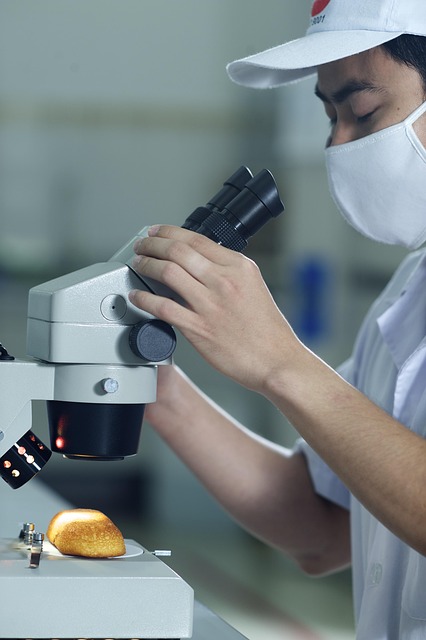Attic mold problems are prevalent in San Antonio due to its humid climate, warm temperatures, and high moisture levels, creating ideal conditions for fungi growth. This mold can cause severe health issues and produce toxic mycotoxins if left unchecked. Early identification is key, requiring improved ventilation, leak repair, professional mold extraction (including carpet mold removal), and thorough drying post-extraction. Proactive steps like regular attic inspections, ventilation, dehumidifiers, and prompt leak repairs can prevent future attic mold problems in San Antonio's humid climate.
In the heart of humid San Antonio, attic mold problems are prevalent, exacerbated by high humidity levels. This article delves into effective solutions for addressing these issues, focusing on carpet mold extraction as a core component of remediation. We explore the intricate process involved, offering insights into best practices for removing contaminated carpets while preventing future attic mold outbreaks. By understanding the unique challenges posed by the San Antonio climate, homeowners can safeguard their properties and maintain a healthy living environment.
- Understanding Attic Mold in Humid San Antonio Environments
- The Process of Carpet Mold Extraction for Remediation
- Preventing Future Attic Mold Issues in a Humid Climate
Understanding Attic Mold in Humid San Antonio Environments

In the humid San Antonio climate, attic mold problems are a common concern for homeowners. The city’s warm and moist environment creates an ideal breeding ground for fungi, leading to the growth of attic mold. This type of mold thrives in dark, secluded spaces with limited ventilation, making attics particularly vulnerable. As water vapor from condensation or leaks accumulates, it provides the necessary moisture for mold spores to flourish, resulting in visible mold growth on insulation, wood, and other surfaces.
The presence of attic mold can have severe health implications for residents. Mold spores, when dispersed, can cause respiratory issues and allergies, especially in individuals with existing respiratory conditions. Moreover, some molds produce toxic compounds known as mycotoxins, which can further exacerbate health problems. Prompt identification and remediation of attic mold are crucial to maintaining a healthy living environment. Effective ventilation, addressing water leaks, and professional mold extraction techniques, such as carpet mold removal, are essential steps in mitigating attic mold problems in the San Antonio region.
The Process of Carpet Mold Extraction for Remediation

Carpet mold extraction is a critical step in mold remediation, especially in cities like San Antonio with its humid climate, which often leads to attic mold problems. The process begins with identifying and containing the mold growth to prevent further contamination. Once localized, professionals use specialized equipment to extract the affected carpeting. This includes powerful vacuums and moisture-wicking materials to remove not just visible debris but also microscopic spores that could cause health issues if left behind.
After extraction, the area undergoes thorough drying to eliminate any remaining moisture, which is crucial for mold prevention. Professionals may use dehumidifiers or other drying techniques to ensure the carpeted surface and underlying structure are completely dry. This step is particularly important in the humid San Antonio climate, where moisture control is essential to thwart future mold growth.
Preventing Future Attic Mold Issues in a Humid Climate

In humid cities like San Antonio, attic mold problems are prevalent due to the consistent moisture in the air. To prevent future issues, homeowners should take proactive measures. Regularly inspecting and ventilating the attic is key; ensuring proper airflow prevents stagnant air, which can lead to mold growth.
Using dehumidifiers and fixing any leaks immediately can significantly reduce humidity levels. Additionally, maintaining a clean and dry environment by regularly cleaning the attic space and addressing any water intrusion will create an inhospitable atmosphere for mold development. These steps are crucial in mitigating potential attic mold problems in San Antonio’s humid climate.
In addressing attic mold problems prevalent in the humid San Antonio climate, understanding the root causes and implementing effective prevention strategies is key. The process of carpet mold extraction, a crucial step in remediation, involves specialized techniques to ensure a thorough removal of mold and its spores. By combining knowledge about local environmental factors with efficient cleaning methods, homeowners can mitigate risks associated with attic mold. Proactive measures, such as improving ventilation, maintaining optimal humidity levels, and regular inspections, are essential to preventing future occurrences of these unsightly and potentially harmful attic mold issues.
